
| Kir Royale | |
 |
| Pia colada | |
 |
| Pink port | |
 |
| Painkiller | |
 |
| Mai Tai | |
 |
| Chocolate & amaretto | |
 |
| Super cosmo | |
 |
| Tia Maria & toffee | |
 |
| Margarita | |
 |
| Irish coffee | |
 |
| Caramel vodka | |
 |
| B-52 | |
 |
Menu Introduction I hate cooking, but baking is so completely different. Its more like chemistry with a bunch of not necessarily nice ingredients that somehow magically transform into something wonderful when combined! Another great combination is the things that I love: cupcakes, cocktails, and my friends from all over the world. Add this to the science of baking and youve got a serious recipe for absolute success (and fun!). Ive always been a when-the-mood-strikes-me type of bakerand its always only been for pure enjoyment. So whether youre an experienced baker or a once-in-a-blue-moon dabbler, I hope you find the ideas in this book inspiring and as much fun to make as I do. The ingredients are listed in the order that you need them, and the steps are simple and easy to follow.
You can decorate the cupcakes in whichever way you fancy, or use the photos as a guide. Because cupcake batter is very basic, you could also experiment using your favorite cocktails as inspiration and add the necessary additional ingredients. Most of the recipes contain possible alcohol substitutions so that there is something for absolutely everyone to enjoy. Cheers and bottoms up! NOTE: PLEASE CONSUME RESPONSIBLY. 
 A bit about cupcakes You dont have to be a baking pro to make a successful cupcake. In fact, its quite hard for them to flop.
A bit about cupcakes You dont have to be a baking pro to make a successful cupcake. In fact, its quite hard for them to flop.
Because cupcakes are so small, your cooking time is a lot shorter. Their small size also means that theyre far less likely to flop or sink, or only rise on the one side, and the little paper cups make it so much easier to get them out of the tin. Decorating a small cupcake is also a LOT easier than a huge cake and you dont have to commit to one icing technique, flavor or color. Cupcakes are a lot more portable than big cakes and of course theyre already in a single-serving size (no cutting up that cake into 24 pieces) and theyre already wrapped. For me, the most important thing about cupcakes is that theyre fun to eat. I love watching peoples faces as they take that first bite into a cupcake.
Because theyre so small, you can have two or three different flavors rather than be stuck with a big single-flavor slice of cake. Cupcakes remind us of our childhood, of birthday parties and happy days. Whether youre a beginner baker or someone who does it regularly, I hope youll enjoy experimenting with these new flavors. 

 A bit about alcohol My mother always said that if your wine isnt good enough to drink then it certainly isnt good enough to put in food, totally debunking the "cooking wine" theory. The same goes for other types of alcoholif you like it enough to drink, then youll like it even more in other things, surely? Alcohol has been used in baking for hundreds of years. Beer, thanks to the high yeast content, was used originally used by the Greeks and Romans as a raising agent in bread, and beer-breads are still very popular today.
A bit about alcohol My mother always said that if your wine isnt good enough to drink then it certainly isnt good enough to put in food, totally debunking the "cooking wine" theory. The same goes for other types of alcoholif you like it enough to drink, then youll like it even more in other things, surely? Alcohol has been used in baking for hundreds of years. Beer, thanks to the high yeast content, was used originally used by the Greeks and Romans as a raising agent in bread, and beer-breads are still very popular today.
Traditionally, whisky, brandy or rum was used in fruitcakes as a preservative. Curing the cake meant that it could be stored for months or even years. During Prohibition in America in the 1920s, alcohol was infused into cakes and the sweet sugars and other flavors also helped disguise the harsh flavor of the homemade alcohol. This section is an overview of the different alcohols that can be used in baking and their effects on flavor. Beer: These come in a wide range of flavors. They can be light or dark, bitter or quite mellow.
The taste depends on the type and ratio of grains, hops and yeasts as well as how long its fermented for. The Belgians are well known for their variety of beersfrom fruit-flavored to dark and deadly. Brandy: The word brandy comes from the Dutch word brandewijn which means burned (distilled) wine. Grapes (cognac, armagnac, grappa) are not the only fermented fruit used in brandy, other common fruit flavors are apples (calvados, applejack), apricots, blackberries and cherries (apricot, blackberry and cherry brandy). Gin: This liquor derives its flavor from juniper berries and was used as far back as the Middle Ages for medicinal purposes. Dutch or Belgian gin (known as jenever ) was one of the forerunners of this alcohol as a commercial drink.
British colonists used the gin to mask the flavor of quinine, which was taken to prevent malaria. Gin is very commonly used as the base for popular drinks such as the martini. 

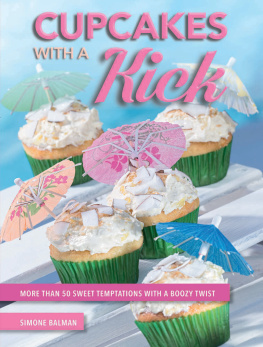
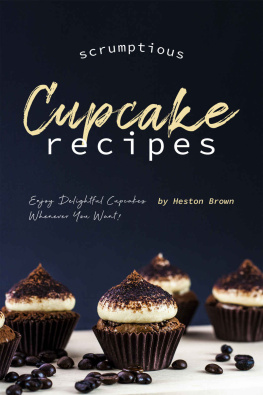
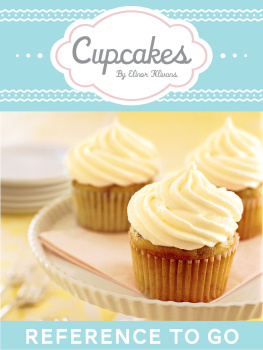
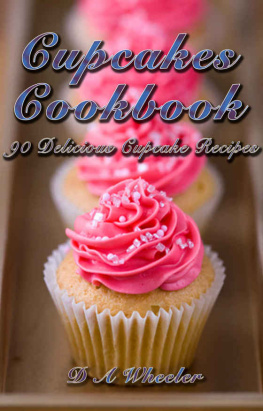

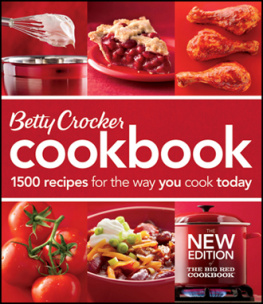
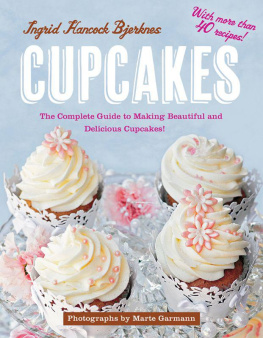
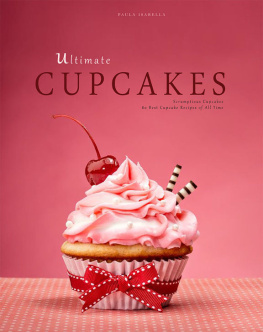

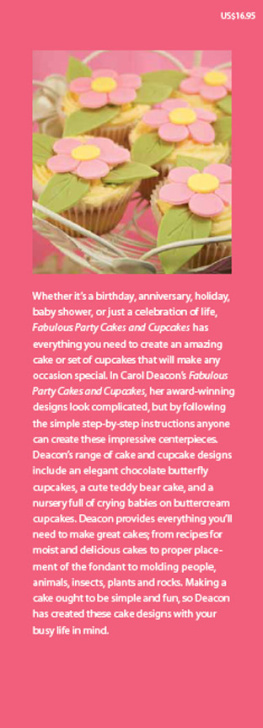

















 A bit about cupcakes You dont have to be a baking pro to make a successful cupcake. In fact, its quite hard for them to flop.
A bit about cupcakes You dont have to be a baking pro to make a successful cupcake. In fact, its quite hard for them to flop.

 A bit about alcohol My mother always said that if your wine isnt good enough to drink then it certainly isnt good enough to put in food, totally debunking the "cooking wine" theory. The same goes for other types of alcoholif you like it enough to drink, then youll like it even more in other things, surely? Alcohol has been used in baking for hundreds of years. Beer, thanks to the high yeast content, was used originally used by the Greeks and Romans as a raising agent in bread, and beer-breads are still very popular today.
A bit about alcohol My mother always said that if your wine isnt good enough to drink then it certainly isnt good enough to put in food, totally debunking the "cooking wine" theory. The same goes for other types of alcoholif you like it enough to drink, then youll like it even more in other things, surely? Alcohol has been used in baking for hundreds of years. Beer, thanks to the high yeast content, was used originally used by the Greeks and Romans as a raising agent in bread, and beer-breads are still very popular today.